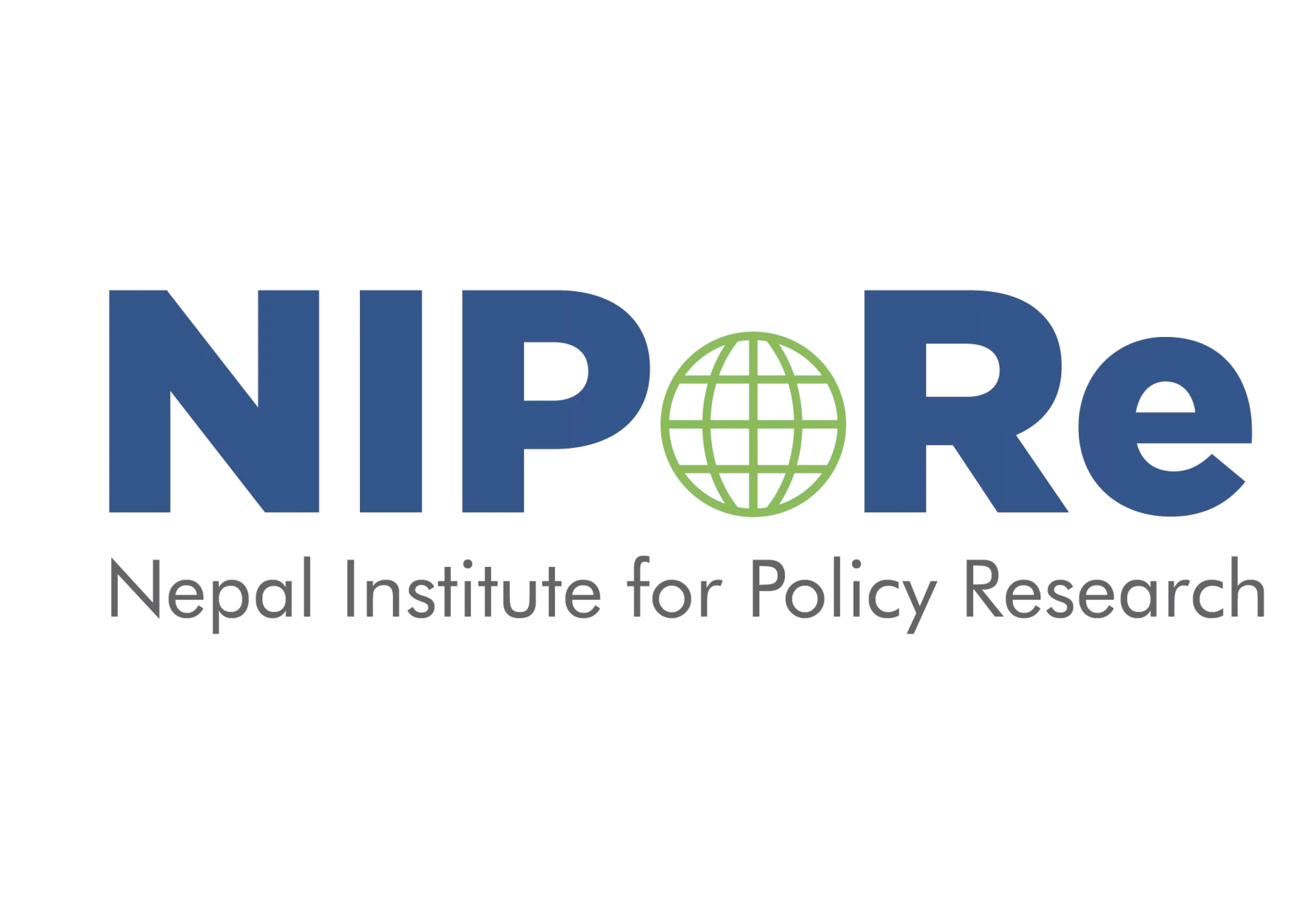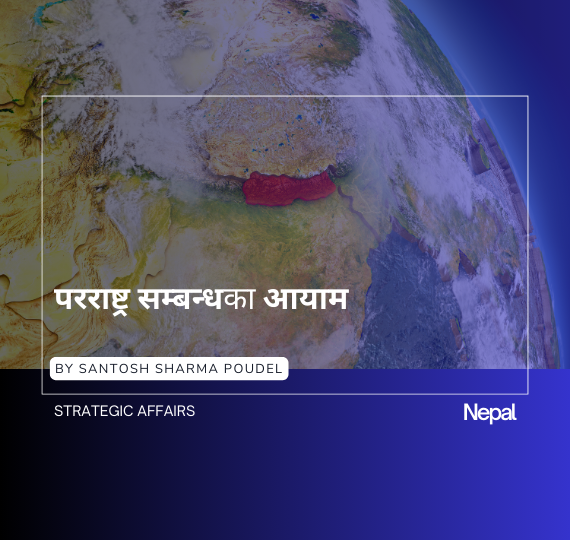– NISCHAL DHUNGEL
The opinion piece originally appeared in The Kathmandu Post on 4 July 2023. Please read the original article here.
A small landlocked country in East Africa, Rwanda has been on a remarkable transformational journey. Despite its chequered history, marked by the devastating genocide against Tutsi minorities in 1994, Rwanda has made significant strides in managing its debt burden, achieving impressive economic growth. The landlocked African republic also has some important lessons for Nepal, which endured a Maoist insurgency and decades-long political instability, on debt management and economic development.
Debt trajectory
One crucial factor contributing to Rwanda’s progress is its focus on reducing its debt burden. The country’s eligibility for the Highly Indebted Poor Countries (HIPC) Initiative in 2001 was a turning point. Rwanda received significant debt relief of $1.2 billion, providing a much-needed breathing space for development. The Multilateral Debt Relief Initiative (MDRI) further eased the burden by providing an additional $1.8 billion in debt relief.
Rwanda has reduced its debt-to-GDP ratio from over 100 percent in 1995 to 64 percent in 2022. The Covid-19 crisis led to a sharp increase in the fiscal deficit in 2020 due to revenue shortfalls and increased spending to address the crisis. Total nominal external debt to GDP stood at 75.7 percent at the end of 2021, of which external public and publicly guaranteed (PPG) debt accounted for 54.5 percent of GDP, resulting in the present value of PPG’s external debt to GDP ratio of 34.9 percent. While the increase in external PPG debt is concerning, debt management is done through loans in concessional terms with relatively low-interest rates and careful prioritisation and selection of capital-intensive projects.
However, the debt-to-GDP ratio is expected to continue rising due to the pressure of financing infrastructure development and social programmes, posing risks related to concessional financing availability, US monetary policy tightening, US dollar appreciation, and trade term shocks. As per the International Monetary Fund (IMF), Rwanda’s debt situation remains sustainable, with a moderate external and overall public debt distress risk.
Nepal’s debt trajectory
Nepal’s debt-to-GDP ratio declined from 64 percent in 2000 to 22.3 percent in 2015. As of mid-April 2023, the country’s overall outstanding debt stood at 38.3 percent of GDP, a significant increase from the debt-to-GDP ratio of 25 percent in 2016-17. The debt-to-GDP ratio has been rising due to the pandemic, the transition to federalism, the 2015 earthquake and the depreciation of the Nepali rupee. The fiscal deficit in the first half of 2023 increased the public debt-to-GDP ratio from an estimated 35.6 percent in 2022 to 38.3 percent in 2023. Total nominal external debt to GDP stood at 25.9 percent at the end of 2021, of which external PPG debt accounted for 21.8 percent, resulting in the present value of PPG’s external debt to GDP ratio of 13.1 percent.
Nepal’s external debt is lower than Rwanda’s but is growing faster. It is also more heavily concentrated on concessional terms. Domestic public debt (from 10.1 percent of GDP in FY 2015-16 to 22.2 percent in FY 2020-21) has increased faster than the external debt (from 14.9 to 21.8 percent of GDP) during the same period. Interest rates on domestic loans have also increased due to the government’s increased borrowing, which has crowded out private borrowers. The joint World Bank and IMF Debt Sustainability Analysis found that the risk of Nepal’s overall debt distress and risk of external debt distress is low, and its debt-carrying capacity is still strong. However, there are risks to Nepal’s debt sustainability, including a slowdown in economic growth, a decline in foreign aid and investment, an increase in interest rates, and a depreciation of the Nepalese rupee. Nepal can learn from Rwanda’s experience managing a high debt-to-GDP ratio while maintaining a rapidly growing economy.
Structural reforms
Rwanda’s implementation of structural reforms and debt relief resulted in remarkable economic growth, with an average annual GDP growth rate of 8 percent between 2000 and 2020. Between 2000 to 2022, Rwanda underwent significant structural changes, leading to a transformative shift in its economic landscape. During this time, there was a decline in the proportion of Rwanda’s GDP contributed by agriculture, forestry and fishing, dropping from 31.2 percent to 24.9 percent. Meanwhile, the industrial sector, which encompasses construction, increased its contribution from 16.8 percent to 21.2 percent. Moreover, there was a significant growth in the percentage of GDP represented by exports of goods and services, rising from 5.4 percent to 22.5 percent.
Rwanda’s key exports, such as coffee and tea, are predominantly sold in major markets such as the United States and Europe for coffee, Middle Eastern countries, and Pakistan for tea. Nepal can draw valuable lessons from Rwanda’s experience, particularly in implementing structural reforms, prioritising sectors for development, and determining essential export products.
Rwanda has made strides in developing e-government services by leveraging its existing technologies. In particular, the country implemented a comprehensive “one-stop” e-government initiative called “Irembo” in April 2014. Operating as a single portal, Irembo integrates 96 basic government services such as birth registration, business registration, tax filing and returns, and school enrollment, enabling around 9 million internet subscribers to access these services conveniently. Rwanda’s e-government systems have been acknowledged by the World Bank as a leading performer on the business reform index, enhancing the country’s appeal to investors. These advancements have streamlined administrative processes and fostered a culture of innovation and digital inclusion within the country.
Nepal can take inspiration from Rwanda’s success in developing e-government services, leveraging existing technologies to streamline administrative processes and enhance digital inclusion, ultimately attracting investors and fostering innovation.
Attracting FDI
Rwanda’s commitment to economic liberalisation and attracting foreign investment has driven its economic growth. Foreign direct investment (FDI) inflows increased from $100 million in 2008 to $398 million in 2022. Much of Rwanda’s foreign direct investment (FDI) is focused on specific sectors. Specifically, the energy sector represents 45 percent of all recorded investments, while manufacturing comprises 30 percent. Special economic zones offering tax breaks and incentives have further encouraged investment.
For instance, in 2000, the installed capacity of power plants in Rwanda was only 44 megawatts. Over the past two decades, the government has attracted significant FDI in the energy sector, which has helped increase the installed capacity to 225 megawatts. This has led to a substantial increase in electricity generation, and the electricity access rate has increased from 4.8 percent of the population in 2005 to 49 percent in 2022. By identifying sectors with growth potential and actively promoting investment in those areas, Rwanda has been able to drive economic expansion and create opportunities for job creation and technological advancements.
Despite both countries being landlocked and import-dependent, Rwanda has shown a way of achieving impressive economic growth while Nepal lags behind. Nepal should leverage the advantage of lower interest rates as envisaged in Nepal’s Medium Term Debt Management Strategy (MTDS) and implement structural reforms to reduce corruption, strengthen public financial management and improve the business climate. Enhancing the business environment, promoting digital platforms and establishing centralised investment-related services can attract foreign investment and boost economic growth. Nepal should address the rising debt burden by increasing tax revenue, reducing spending on non-essential items, and carefully prioritising and selecting projects.




